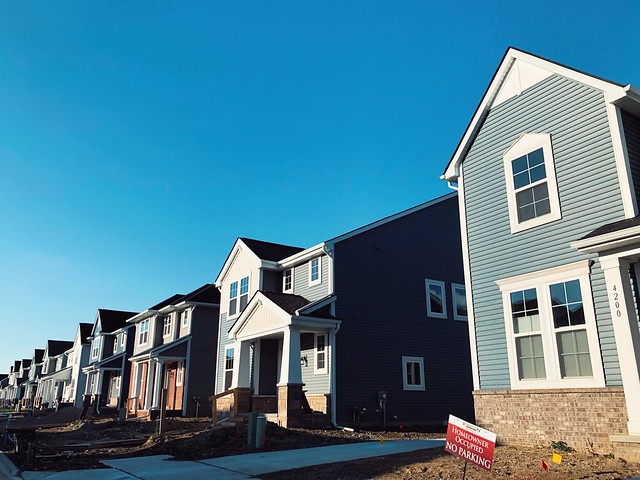Nationally, home prices began to soften last June. Mortgage rates jumped early in the year and prospective home buyers began pausing their plans to purchase a house. That slowed price gains. There were even concerns that prices may see sustained declines. According to the latest S&P Case-Shiller Home Price Indices, though, those concerns may have been unfounded. Because, though prices did see a dip in some markets, they’ve now seen consecutive increases in back-to-back reports. Craig J. Lazzara, managing director at S&P, says home prices are just below their 2022 peak. “The modest increases in home prices we saw a month ago accelerated in March 2023,” Lazzara said. “The National Composite rose by 1.3 percent in March, and now stands only 3.6 percent below its June 2022 peak.” But while prices appear to be rebounding, Lazzara says it’s too early to call it a recovery. He also cautions that regional differences remain. In fact, while some cities are seeing significant upward movement, prices in other metros are still seeing declines – especially western cities like Seattle and San Francisco. (source)













